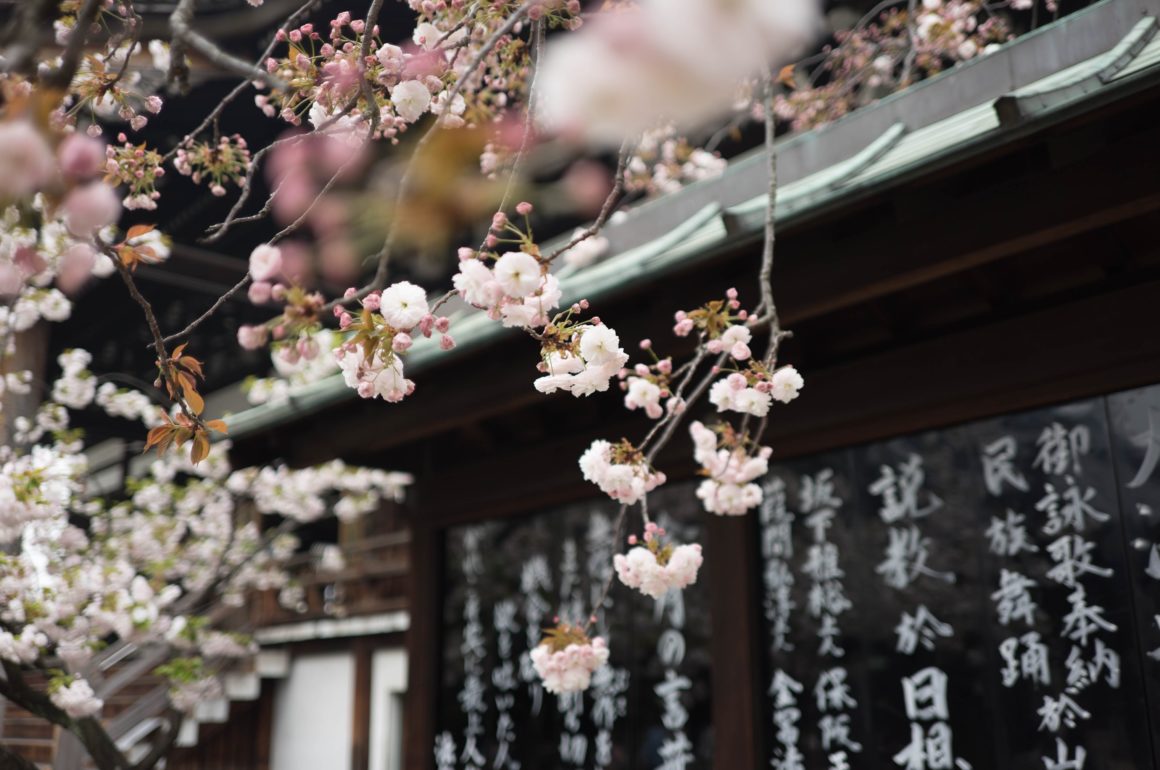
How the world became infatuated with sakura cherry blossoms.
The gift traveled a long way to reach its new home: by the time it arrived in Washington D.C. on March 26, 1912, it had crossed an ocean and a continent, coming to rest almost 7,000 miles from its point of origin.
If the Americans were pleased by the present of 3,020 cherry trees presented to the city by Tokyo Mayor Yukio Ozaki, they were overjoyed when the trees began to bloom. Along the Tidal Basin that links the Potomac River with the Washington Channel, the veritable pink forest set off the white marble city to perfection. As the blossoms dropped from the trees weeks later, amused onlookers strolled through showers of pink confetti that whirled through the air. A centuries-old secret was out at last.
The Japanese caught wind of the magic of the delicate pink blooms native to their archipelago as early as the 700s. The country’s emperors and imperial courtiers were taken by their beauty, and these tastemakers of the ancien monde delighted in holding picnics and poetry readings beneath the blossoming trees as March turned to April. The mania fed the myths that sprang up around the trees. Enchanted fairies were thought to breathe the flowers into life. Magical powers were ascribed to the blossom, which was used to divine the quality of the autumn harvest in advance. As the centuries passed, the sakura branched into woodblock art, becoming a staple of the genre as well as a cultural touchpoint.
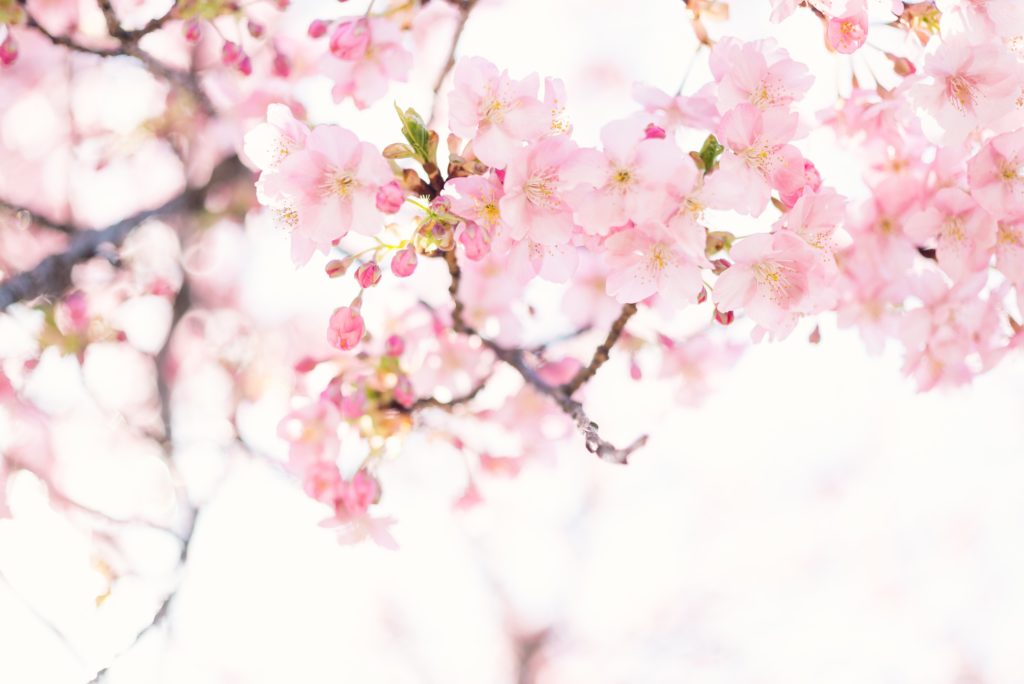
“There’s often been a bit of a kind of artistic preoccupation in Japan with impermanence, with things that appear for a very short space of time, are very beautiful and then disappear,” says Olly Hogben, a former teacher from Britain who spent several years living Japan. “The cherry blossom exemplifies that quite wonderfully, because it’s very limited in the amount of time it’s there.”
April marks both the start of the school year and the fiscal year in Japan, where cherry blossom fever remains passion and pastime. With the coming of spring, the nation unites for hanami, or flower-watching parties. The arrival of the cherry blossoms is so highly anticipated that there’s an entire forecast broadcast on the evening news dedicated to predicting when the trees will bloom in different parts of country.
The fleeting duration of the sakura bloom – usually about three weeks – resonates particularly well among the Japanese. Its ephemeral nature has been likened to everything that dazzles for a short time and fades, from a woman’s beauty to the life of a samurai. In cities like Kyoto, the blossoms are lit up at night with the light of paper lanterns as citizens partake in yozakura, or hanami after dark.
Meanwhile, passion for cherry blossoms has been spread far and wide. China, Japan and Korea engage in a spirited perennial debate as to where exactly the flowering tree originated, with each nation loudly and proudly proclaiming that the first cherry trees actually blossomed within its borders. The trees itself have branched out: Cherry trees can now be seen in special places all over the world, including Toronto, Seattle, Milan and Macon, Georgia, which boasts more than 300,000 examples of the delicate tree thanks to the passion and pride of a local realtor. But nowhere is the anticipation for spring felt as it is in Japan, where anticipation for spring — and the coming of the cherry blossom — remains eternal.
Take full advantage of springtime in Japan on Luxury Gold’s Majestic Japan trip.




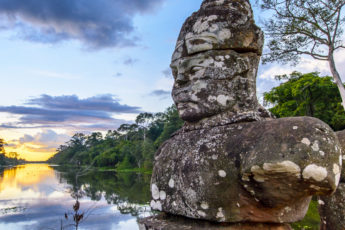
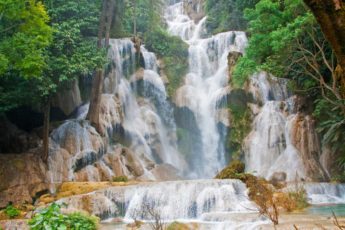

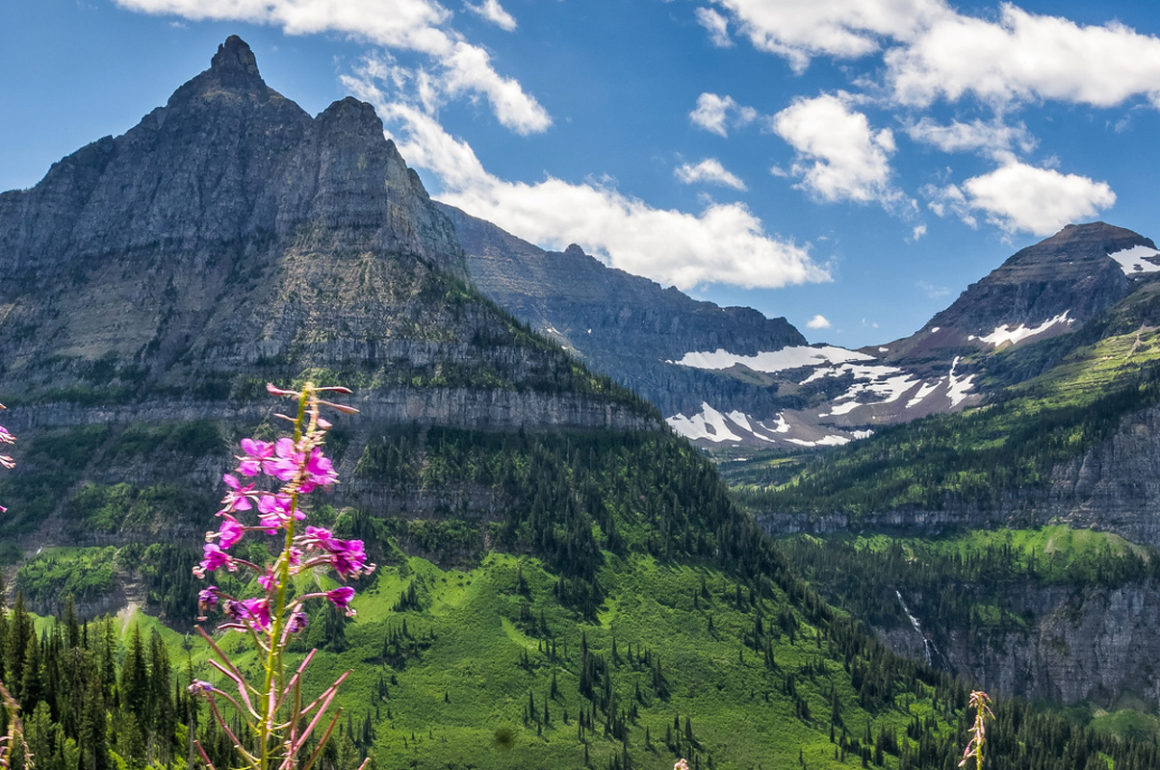


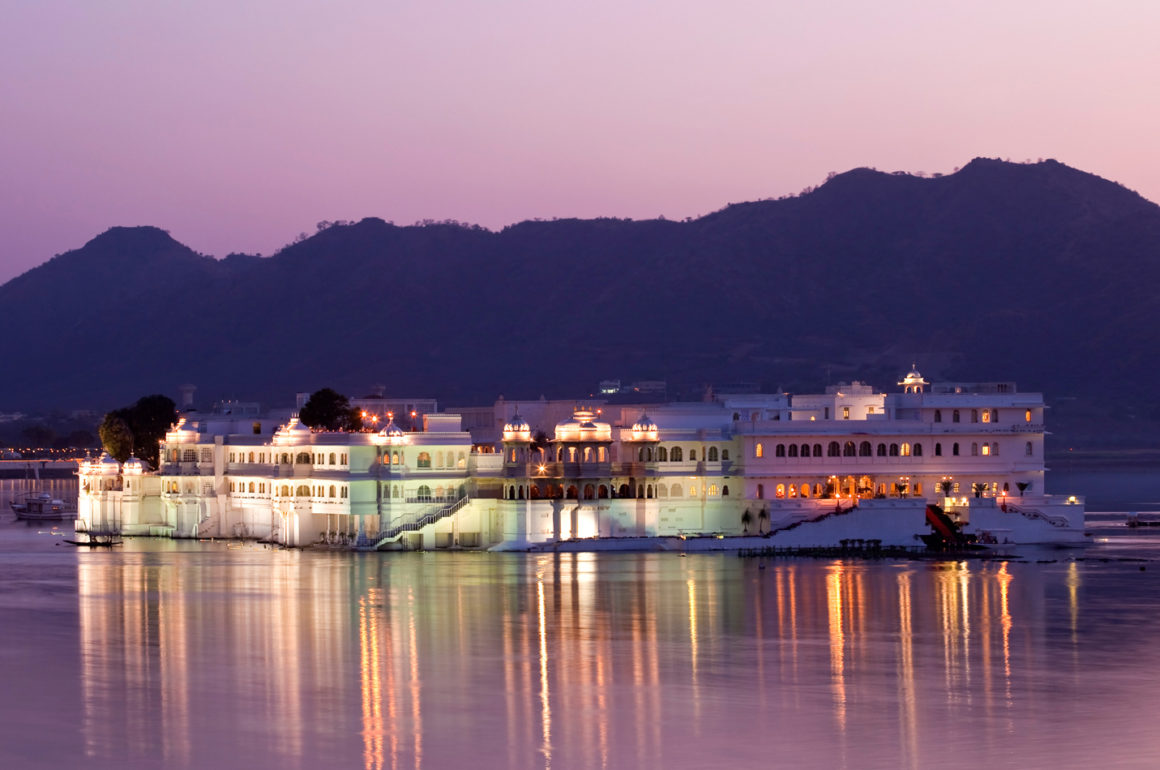
Leave a Comment